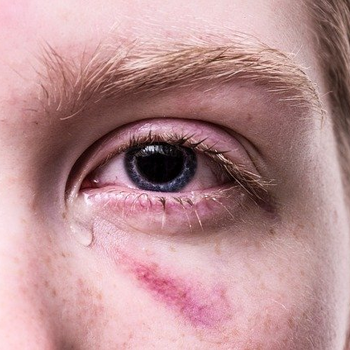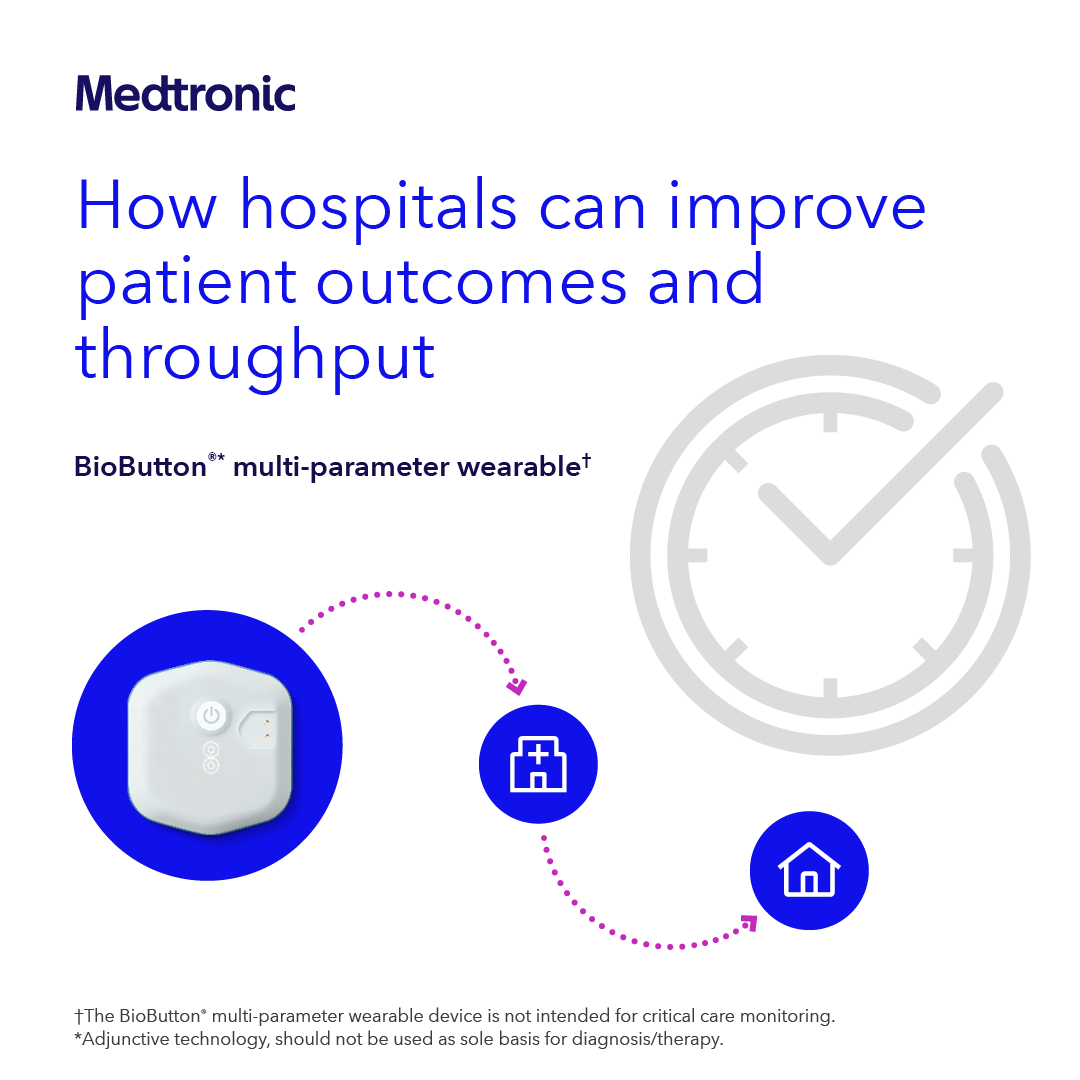CEO's Corner - April 2021

As nurses, we understand the word trauma and the implications of the resulting damage. I would guess you immediately envisioned a trauma bay in an Emergency Department, with someone with catastrophic injuries swarmed by a team of professionals working in orchestrated chaos to preserve life.
Every single team member has a job to perform, and oftentimes the life of the patient requires every single team member performing in concert, to have a chance at survival.
We are also likely very familiar with psychological trauma, those experiences that result in long-term injury, PTSD and maladaptive coping mechanisms. In this instance, I imagine you envisioned a military veteran, or perhaps even a colleague (or yourself) who experienced second victimization, secondary trauma, or something similar.
You saw someone psychologically and emotionally injured, with possible associated physical symptomatology. You likely have advocated for psychologically traumatized individuals to seek professional help, but at a minimum, have encouraged personal support via family/friends/colleagues/community.
But, less familiar to many of us is the concept of historical trauma. According to Gerber and Gerber (2019), historical trauma is “…a complex and collective trauma that is experienced over time and across generations by a group of people who share an identity, affiliation, or circumstance” (p. 17).
In other words, historical trauma is the shared trauma experienced by groups that are, often, traditionally marginalized. Certain identities have been marginalized because of their race, disabilities, cultural or religious backgrounds, sexual orientation or gender identity, or age, to name but a few.
What was most profound to me was that these individuals do not even need to experience the trauma first-hand to be traumatized. The other forms of trauma are experienced directly by the individual. But not historical trauma. This trauma is experienced by individuals simply because of their identity or affiliation. This occurs because while we all are most likely to define trauma as catastrophic physical harm, it is actually a psychological process that is separate from the traumatic event. George Floyd’s murder resulted in trauma in Black people. The recent Atlanta shootings resulted in trauma for Asian people. The beating or killing of an LGBTQIA individual results in trauma in the LGBTQIA community. The trauma becomes a universal trauma for the impacted group (Gerber & Gerber, 2019).
This is so important for two reasons. First, I hope it can help us realize that trauma is experienced by many marginalized identities, even if they have not personally been harmed.
George Floyd was trauma.
Breonna Taylor was trauma.
The Atlanta shootings were trauma.
The El Paso shootings in 2019 were trauma. We are surrounded by traumatized individuals.
Which brings me to the second point.
According to (Herman, 1992), who wrote the seminal work on trauma, “The knowledge of horrible events periodically intrudes into public awareness but is rarely retained for long” (p. 1).
So why are we retaining all these events? Because COVID-19 amplified the visibility of these issues, and for once, we weren’t immediately distracted by our busy lives. But the worst part of all, and of equal importance in this equation, is that we are all traumatized. Historical trauma also applies to individuals with shared circumstance (Gerber and Gerber, 2019). The last time we likely shared a collective historical trauma was 9/11. Ask anyone alive in 2001 where they were or what they were doing at the time they heard about the twin towers. It is embedded in every single one of our memories. We can all share where we were, what we were doing and how we navigated the uncertain days and months that resulted.
With COVID, we have spent a year dealing with another one of the worst experiences of our lives. We are overwhelmed. Nurses and other healthcare professionals are dealing with death at a staggering rate. We are hurting. We are facing the rejection of public health measures intended to keep us safe. We are alone…we are isolated. We are trying to work, home school our children, meet our obligations and still somehow care for our extended families while in a perpetual lockdown. And this is occurring on a global scale. Humankind is impacted. We are sharing a collective experience of trauma with COVID.
Recall the trauma team from my first example. Recall the supportive community from the second. Now think about what ‘team’ you’ve had access to this past year. No doubt your community of support was severely limited due to COVID. This is the interesting point about trauma recovery: recovery cannot occur in isolation. It requires relationships. Social support is critical to the recovery process (Herman, 1992). The first stage of recovery is safety. The second is telling the story of the trauma. The last is creating a future. While admittedly simplified for this blog, those stages might take significant time to work through and cannot not be done in isolation.
We all have experienced varying levels of trauma this past year. Is it any wonder we’re all feeling overwhelmed, anxious, uncertain and, at times, frightened? Is it any wonder we’re desperate to return to a semblance of normalcy? Is it any wonder we just want our lives to go back to the way they were?
Considering the traumatic experience that COVID thrust upon us, and how that was the context for significant social trauma for some marginalized identities, are we surprised with the social justice movement of the past year?
Summer Bryant, AMSN’s President, writes about connection in her column this month. We cannot stress the importance of community more. I hope this helps clarify why connection is more important than ever and why we are focusing on connection within our community, but also connection and supporting our marginalized communities.
We need each other, more than ever. Let’s not forget the role community plays in healing.
REFERENCES
Gerber, M. R., & Gerber, E. B. (2019). An Introduction to Trauma and Health. In Trauma-Informed Healthcare Approaches (pp. 3-23). https://doi.org/10.1007/978-3-030-04342-1_1
Herman, J. (1992). Trauma and Recovery: The Aftermath of Violence–From Domestic Abuse to Political Terror. Basic Books.



